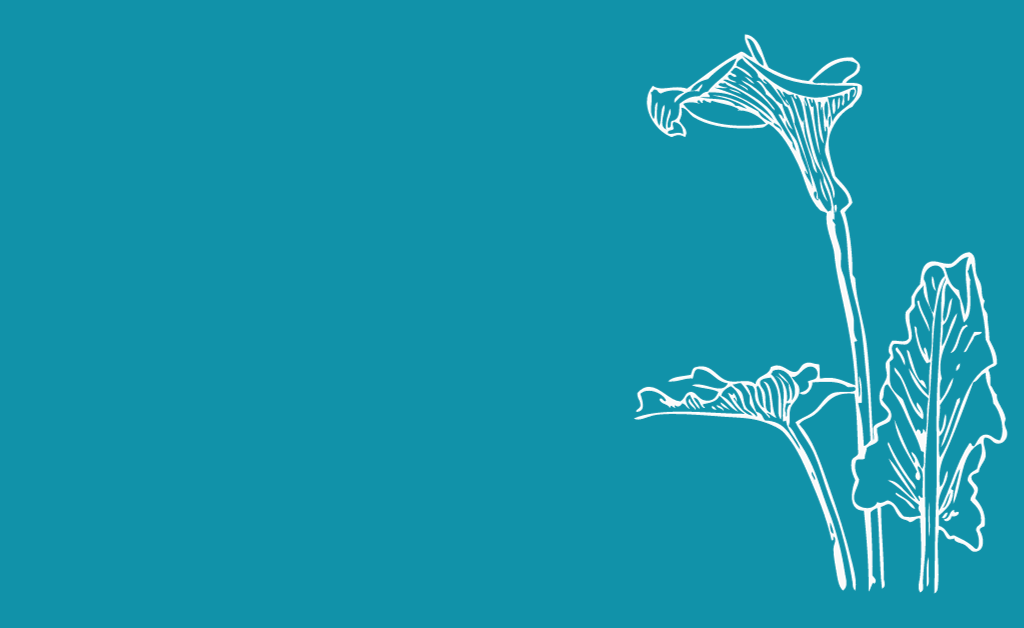If you are interested in the world of holistic health, energy healing and spirituality, chances are you would have come across Reiki. This Japanese energy healing technique, developed in the early 20th century, is known for its holistic approach to promoting well-being and relaxation. However, along with its popularity, several myths and misconceptions have emerged. In this article, we’re going to debunk three common myths about Reiki and shed light on the truth behind this beautiful complimentary therapy.
Myth 1: You can’t believe in God and receive or practice Reiki
You can, and must, believe in a higher power in order to give Reiki – the word Reiki literally means “Divinely Guided Energy”. One of the core realisations we come to when practicing or receiving Reiki, is that we are all connected to God and Reiki strengthens that connection and realisation.
However Reiki is not a religion. This myth likely stems from the spiritual aspects of Reiki. While Reiki does embrace spiritual principles, it is not a religion. Reiki is a complementary therapy that can be integrated with various belief systems. It doesn’t require adherence to a specific faith or doctrine. It’s about tapping into universal life energy to facilitate healing on a physical, mental and emotional level. My article about Reiki and religion I expands on what does the Bible say about energy healing and why it is okay for Christians to do Reiki.
Myth 2: Reiki heals you
The Reiki treatment doesn’t heal you, the Reiki practitioner doesn’t heal you: you heal yourself. This is because Reiki stimulates the body’s own healing abilities for healing to take place on the physical, emotional, mental or spiritual level.
The fast vibrating Reiki energy aids in the removal of energetic blockages which caused illness, or prevented healing from happening, so that you can heal yourself.
Myth 3: Giving Reiki treatments are tiring
Quite the opposite. Giving a Reiki treatment is invigorating to the Reiki practitioner because when we give Reiki, we also receive Reiki. If a practitioner is tired after giving Reiki, they are doing it wrong. It means they have used their own life force energy to effect healing.
A good analogy to describe how a Reiki practitioner is a conduit for healing, is to think of the practitioner as a teapot. The Reiki energy (water) comes from a higher source and fills the practitioner (teapot) who then allows it to flow to the client (teacup). The teapot doesn’t give of itself in order to pour the tea. So too a Reiki practitioner doesn’t give of him/herself – in fact they benefit from the Reiki energy flowing through them, just as a teapot is wet on the inside after pouring out the tea.
I hope I was able to dispel some of the most common myths about Reiki, but if you have any other questions, please email me at info@natasjaking.com. I will gladly answer any of your questions.


